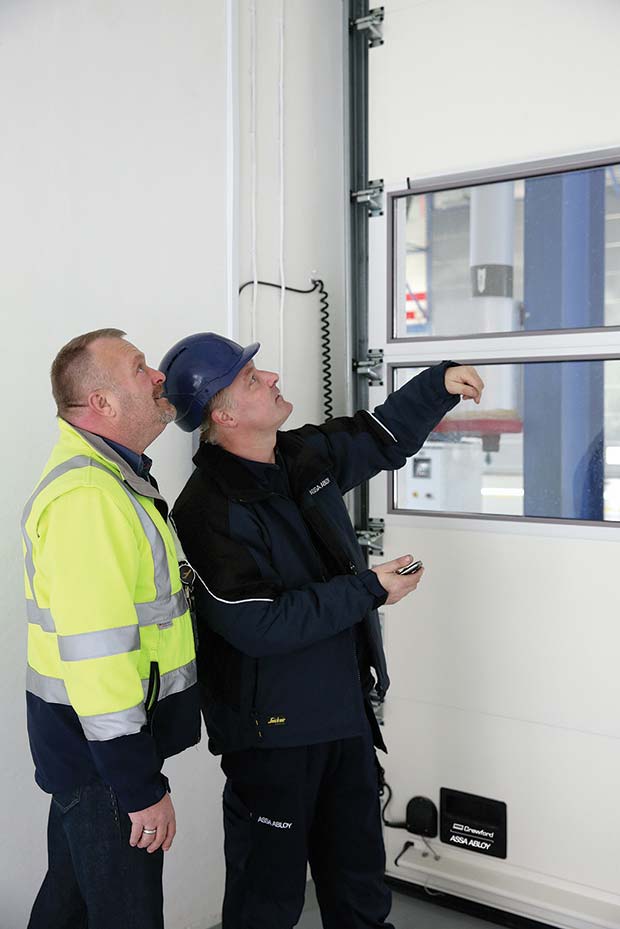According to many external commentators the Logistics industry has come a long way in a relatively short space of time. In terms of how ‘modern’ it really is, perception has changed rapidly; not too long ago saying ‘road haulage’ and ‘sustainable’ in the same breath would have been considered brave or aspirational. The advancement and uptake of technology has helped to change thinking. You need not look any further than the trademark and “customer-face” of the industry: a side by side comparison of a HGV tractor and trailer from 1996 to the 21st century variety tells its own story.

Whilst technology integration into driver cabins has been paired with trailers designed specifically to reduce drag, hauliers are now carrying loads which are planned, loaded and stored more efficiently.
With planning and traffic departments working ever-smarter, using digital technology to drive operational efficiency the customer facing side of Logistics businesses have pushed the idea of sustainable distribution out into the public domain. All that effort to improve public perception raises the temptation to overlook loading bay advancements which have supported the rise of sustainable loading.
Hidden back at the distribution centre, unseen by online and in-store shoppers, the sustainable revolution has been in motion for some time.
“Loading bay technology is moving warehouse and distribution centre operations to a whole new level. We’ve come much further than anyone could have imagined 20 years ago and the uptake of newer security and access control technology” comments Allan Stockdale, Industrial Door & Docking Solutions Sales Director at ASSA ABLOY Entrance Systems. “Our role has changed, and we’re a collaborative partner in developing facilities. We work with the clients and contractors to design entrances which retain energy. Whether it is tighter sealing or finding the ideal use of automation to ensure doors open and close more effectively to reduce overall energy consumption. The tools available to stop doors being left open when not in use are many and varied, and we work with businesses directly to find the best solution for new facilities, or upgrade performance at existing sites. Door automation can make a huge difference to any distribution centre in terms of saving energy that would otherwise needlessly be lost through ‘standing open’ unnecessarily”.
 Allan maintains that even solutions such as inflatable dock shelters as a retrofit upgrade, are far more commonly sought since sustainability became a primary consideration. “Simple and relatively inexpensive upgrades can make a significant contribution to the carbon-footprint.
Allan maintains that even solutions such as inflatable dock shelters as a retrofit upgrade, are far more commonly sought since sustainability became a primary consideration. “Simple and relatively inexpensive upgrades can make a significant contribution to the carbon-footprint.
Many of our service customers are surprised by the returns available through modernisation.”
Modernization kits for industrial doors, dock levellers and dock shelters are available widely. When asked about the upfront expense, Allan continued, “When the longer term implications are considered, upgrading is often by far the most cost effective way to reduce overall energy spend. We provide a free site survey to ascertain the condition of existing equipment, which is encouraged if existing equipment is more than 5 years old. That’s when it’s time to assess what the doors are costing, rather than simply the expense attached to an upgrade.”
With maintenance specialists “who provide modernisation solutions to complement preinstalled equipment from practically any manufacturer” the message from ASSA ABLOY Entrance Systems is clear – as the proverb goes, a stich in time could save nine.
Tel: 0333 006 3443
Email: info.uk.aaes@assaabloy.com




Comments are closed.